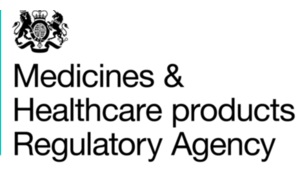7. How should the TMF be stored and who should have access?
The sponsor’s TMF is the repository of all the information that is necessary to reconstruct the trial and therefore its security and maintenance is vitally important. The arrangements for who should access the TMF in order to add or remove documentation are important points to consider and must be controlled on a risk based approach. The two key factors that influence risk are:
• Number of trials the organisation is conducting (creation of a specific department to manage TMFs may be appropriate compared with an investigator maintaining their own TMF in their office).
• Use of the trial data (if the trial is to be used to support a marketing authorisation or will be important in determining treatment via its publication).
The investigator’s TMF should be stored securely such that only study staff (and monitors, auditors and inspectors) can gain access to the documentation.
Some organisations have controls in place for placing or removing documentation from the TMF whilst the trial is in progress. It can take the form of formal submission of TMF documents with some form of TMF tracking. For example generation of a submission record or a simple signature and date on the index of the file. Some organisations may archive the documentation on an ongoing basis to prevent loss, particularly where eTMFs are in use. The risk of a lack of control would obviously be missing documentation at the end of the trial. It is recommended that this risk and the implications of the loss should be evaluated before the implementation of additional paperwork or systems to track or manage the placing of documents in the TMF.
Version 1: 17th December 2012






